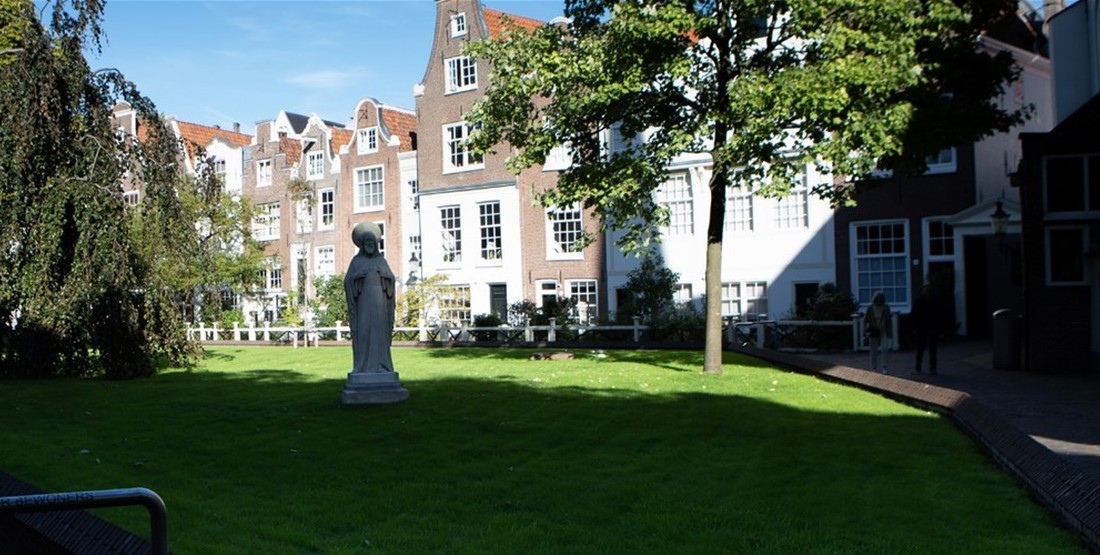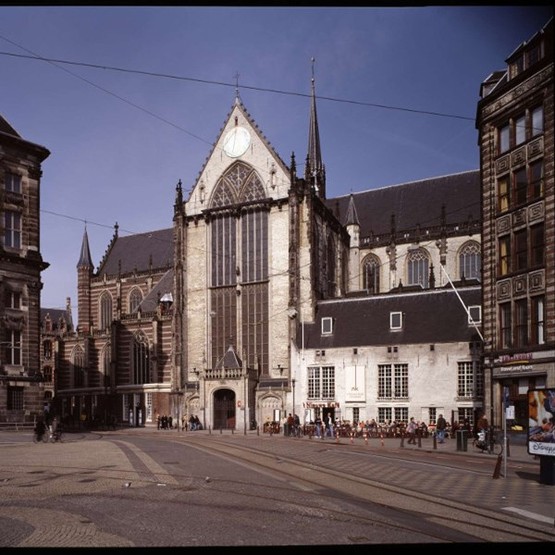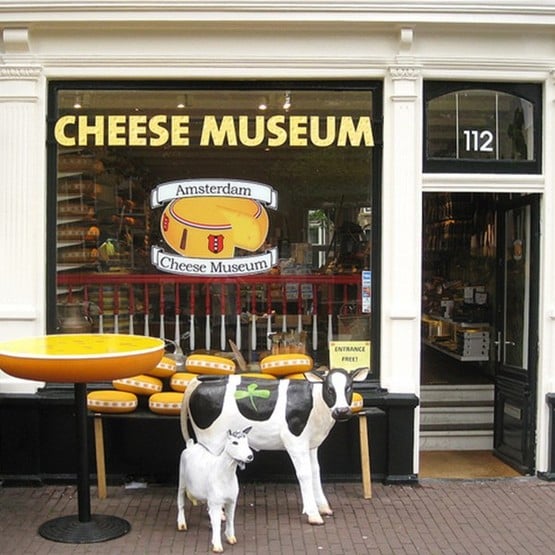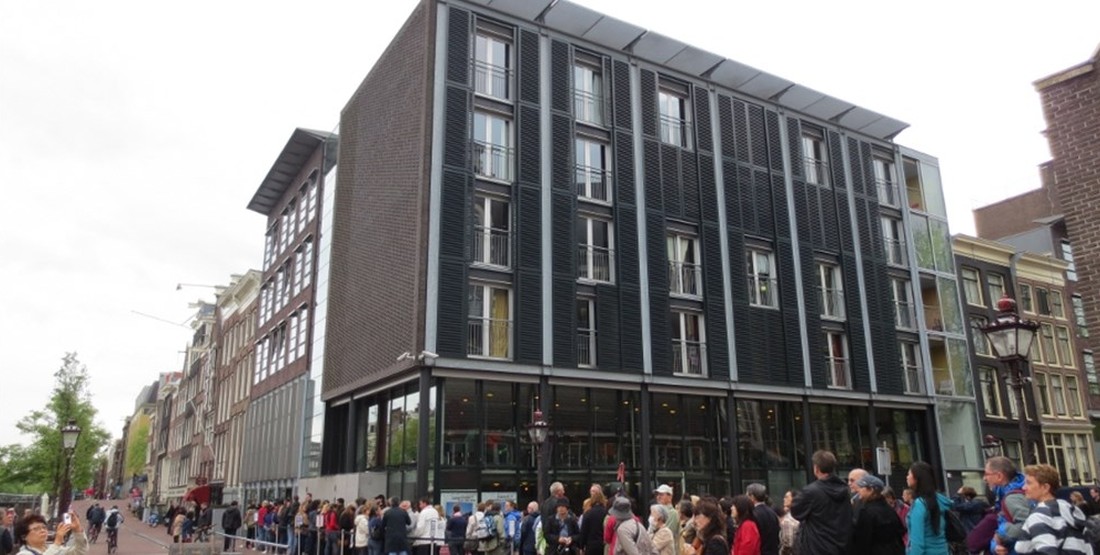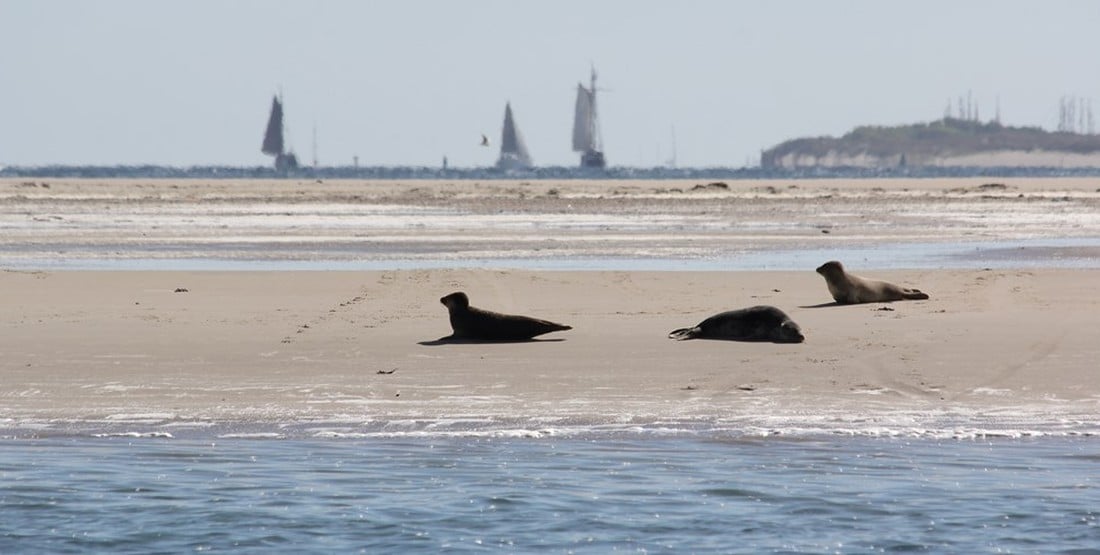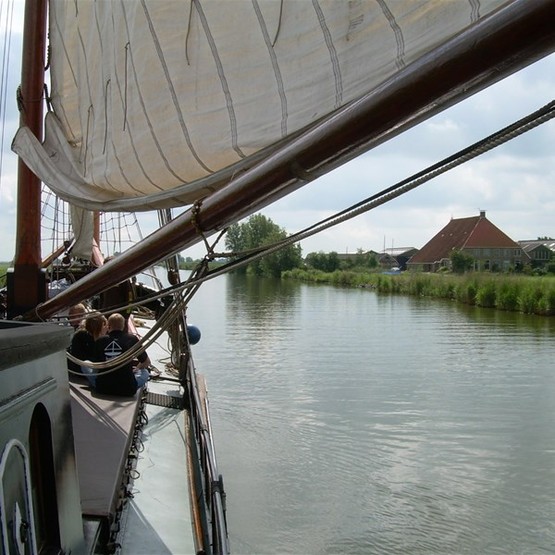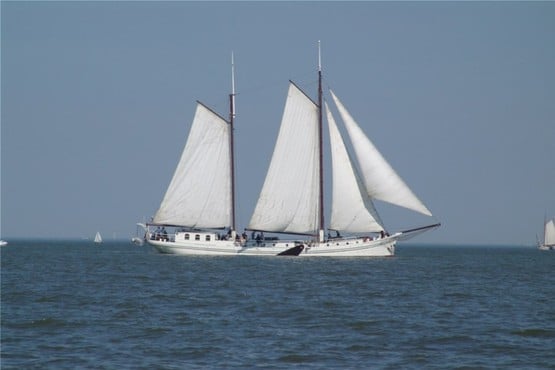
About
There are more legends about the emergence of Amsterdam. One is that the city was founded by a bishop from Utrecht and a man with a dog from Stavoren, after they were driven off the boat. Since 1983, Amsterdam, which is located in the province of North Holland, is the capital of the Kingdom of the Netherlands, and is an arbitrary destination. One of the most famous places is the Dam, which exists since the 13th century and was supposed to protect the fishing village for the storm floods of the Soutsea. That's where the name Amsterdam came from.
Populair ships from Amsterdam
All sights in Amsterdam
View allDiscovering sailing areas
View allAmsterdam
There are more legends about the emergence of Amsterdam. One is that the city was founded by a bishop from Utrecht and a man with a dog from Stavoren, after they were driven off the boat. Since 1983, Amsterdam, which is located in the province of North Holland, is the capital of the Kingdom of the Netherlands, and is an arbitrary destination. One of the most famous places is the Dam, which exists since the 13th century and was supposed to protect the fishing village for the storm floods of the Soutsea. That's where the name Amsterdam came from.
The history of Amsterdam
According to the records, everything started in the 13th century. The fisherman settled around the estuary of the Amstel in the IJ. The family van Amstel was the owner of the country and Amsterdam was built by the storm flood of the Soutsea. The village was first mentioned in 1275 by the name Amstelldammem. Since the area in the rental area, until today, was very swampy, the buildings were built on wooden piles, which were rammed into the ground to a depth of 18 meters. Amsterdam grew and was incorporated in 1317 in the Counts of Holland and that is when they got city rights. As early as 1441, Amsterdam was an important trade hub, attracting banks, insurance companies and printing companies. There was also space for new productions and sciences. In 1602 the Netherlands experienced its golden age. With the establishment of the West India Company became the ruler of the sea and Amsterdam was the wealthiest city on the continent. In the period from 1600 to 1662, the population quadrupled. New canals were built as transport routes. Due to the clashes with England and France, the golden age ended at the end of the 17th century. The port of Amsterdam lost its importance, therefore the financial market increased.
Tilted houses and a lot of canals in Amsterdam
If you're going on a canal cruise or bike ride in Amsterdam, you'll notice the narrow and tilted houses. The reason for that was people had to pay for the width of the house. The three narrowest houses are just a bit over 2 meters wide. Due to the slim design, it was no longer possible to bring bulky furniture up the stairwell, so the facade was slightly prone to incline and with a beam with pulley to bring the things into the house. That some houses are crooked, however, was not wanted. As the stilts on which Amsterdam is built, are slowly decaying, one or the other houses sink into the marshy ground.
What is there to do and see in Amsterdam?
The list of sightseeing’s are long and rich from the Rijksmuseum and Van Gogh Museum, to the swing on the A'DAM Tower. Explore the city by bike and drive from Museum Square to the Albert Cuyp Market, fill yourself with coffee and cake at "My Auntie's Cake" and drive to the unique flower market. Cheese in the cheese museum and take the ferry across to the other bank, the EYE Museum. In the Jordaan district, stroll around the Noord market and enjoy afternoon tea with a slice of the best apple pie in Amsterdam, at Winkel 43. Also a canal ride is highly recommended. After a busy day, you can eat dinner at the food halls. With luck, a band will play as well. Let yourself be surprised by the diversity of Amsterdam to offer.

